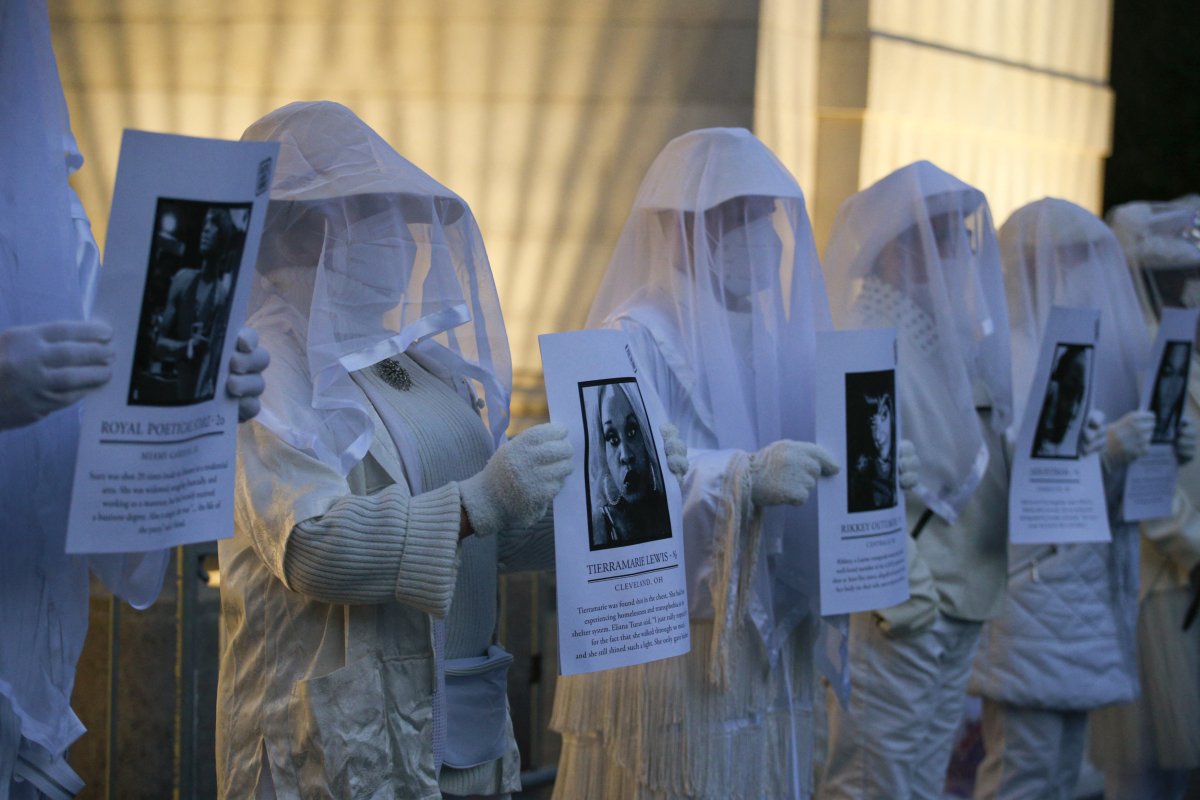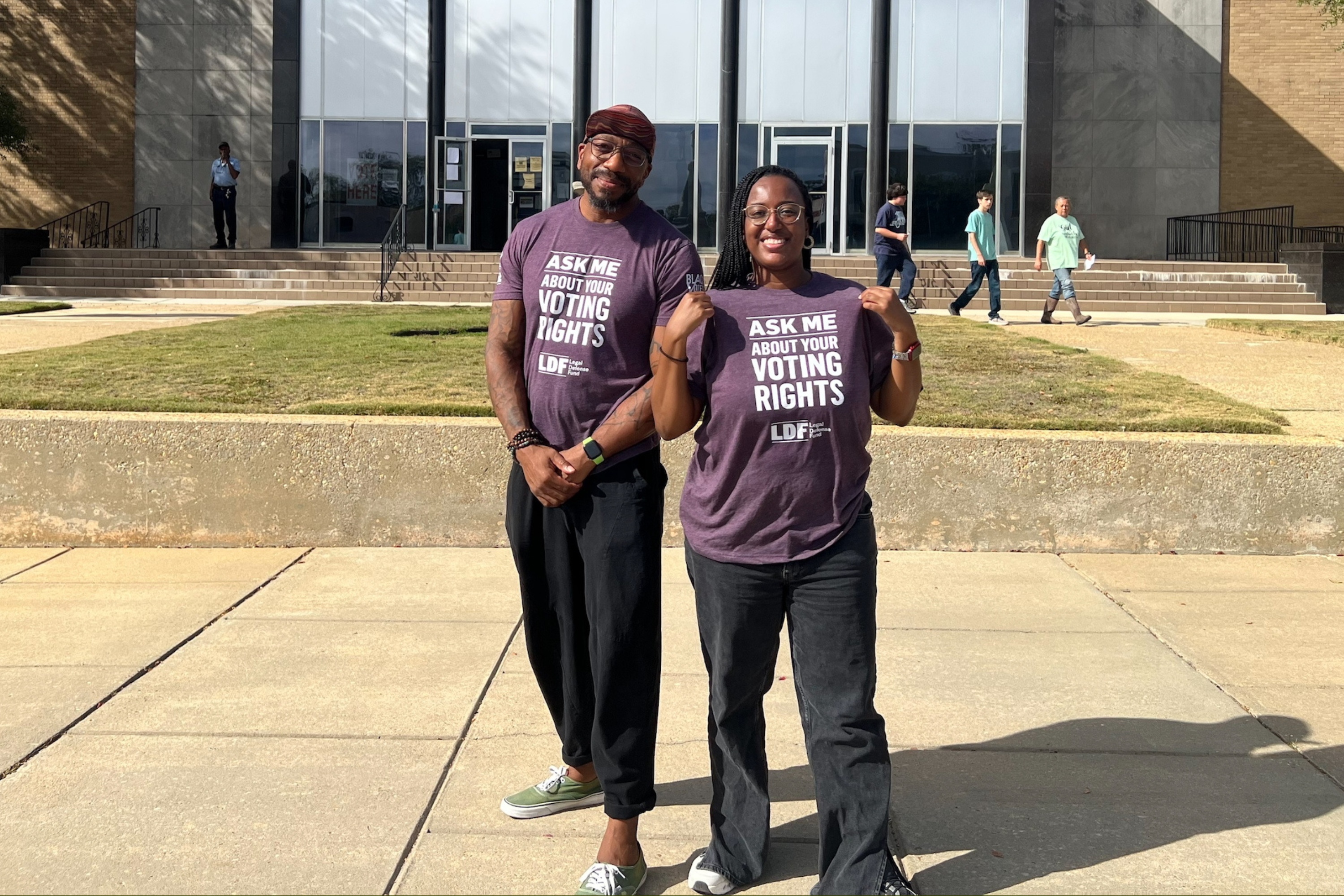November 20 marks Transgender Day of Remembrance, a day which is used to honor and remember transgender individuals who have lost their lives to violence.
The Williams Institute at UCLA Law estimates that there are 1.6 million people in the U.S. aged 13 and older who identify are being transgender.
As people around the world get ready to mark and celebrate the day, Newsweek looks at its history and its importance.

What Is Transgender Day of Remembrance?
Transgender Day of Remembrance is marked on November 20 every year and is about remembering and mourning those transgender individuals who lost their lives to violence.
It was founded in 1999, in order to honor Rita Hester, a transgender African-American woman who was killed in Massachusetts. It was founded by Gwendolyn Ann Smith, a transgender activist and writer. Though it originated in the U.S., it has expanded globally.
The day marks the end of Transgender Awareness Week, which is used to raise awareness and knowledge about the transgender community.
Events, including candlelight vigils and memorials, are held to mark the day.
Memorials typically include readings of names of people who have died between October 1 of the former year, to September 30 of the current year.

What is the difference between Transgender Day of Remembrance and Transgender Day of Visibility?
The Transgender Day of Remembrance is about remembering, mourning and honoring transgender individuals who lost their lives to violence. The Transgender Day of Visibility is about celebration and visibility for the living transgender community.
Transgender Day of Visibility, observed annually on March 31, focuses on celebrating transgender people, their achievements, and their contributions to society.
It is a day of positivity and empowerment, aimed at increasing the visibility of transgender individuals while addressing the discrimination and challenges they continue to face.
Created in 2009 by activist Rachel Crandall, it highlights the importance of celebrating living transgender people and their identities. Activities on this day often include educational events, social media campaigns, and community celebrations, fostering a sense of pride and resilience within the transgender community.
How Many Transgender People Have Lost Their Lives to Violence?
Violence against transgender individuals in the U.S. remains a concern.
The Human Rights Campaign (HRC) reports that at least 36 transgender and gender-expansive people have been killed in the past year, with the majority being young individuals of color. Black transgender women constitute half of these victims.
Hate crimes targeting transgender individuals have been on the rise in recent years.
The FBI's 2022 Hate Crime Statistics, released in October 2023, reported 469 incidents motivated by gender identity bias, marking a 32.9 percent increase from the previous year.
Why Does the Transgender Day of Remembrance Matter?
The Williams Institute at UCLA Law states that transgender individuals are over four times more likely than cisgender people to be victims of violence. This includes rape and assault.
This year, Delaware state Senator Sarah McBride made history as the first openly transgender woman to be elected to Congress. McBride has long been a trailblazer; she was the first trans woman to intern at the White House, and the first trans person to speak at the Democratic National Convention.
McBride's win was widely celebrated, but the 34-year-old has since been in the firing line from Capitol Hill Republicans. She was publicly misgendered by Georgia Representative Marjorie Taylor Greene, and North Carolina Representative Nancy Mace filed a bill seeking to ban transgender women from using women's bathrooms at the U.S. Capitol. She called it "common sense for women's safety."
Do you have a story Newsweek should be covering? Do you have any questions about this story? Contact LiveNews@newsweek.com.




















 English (US) ·
English (US) ·